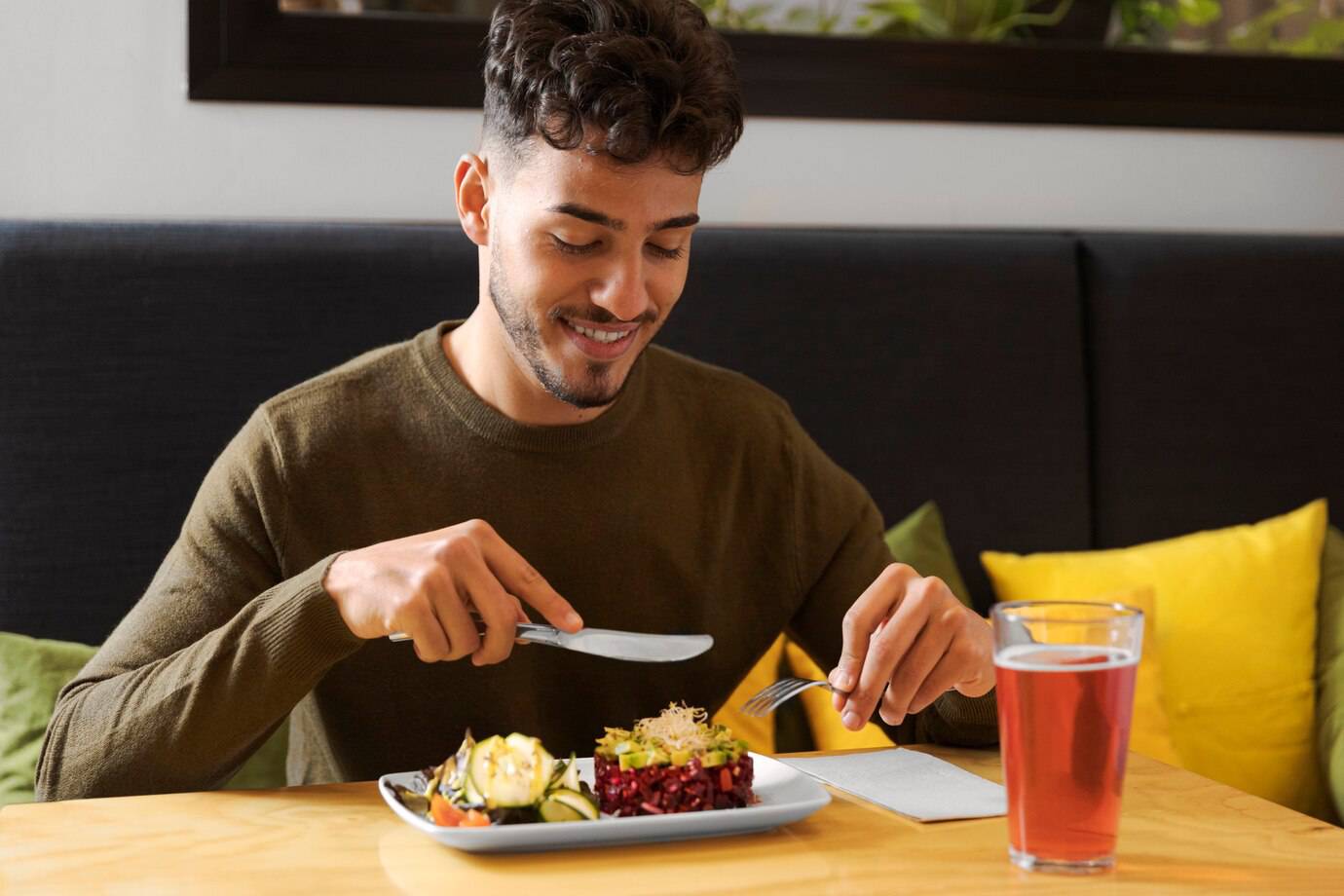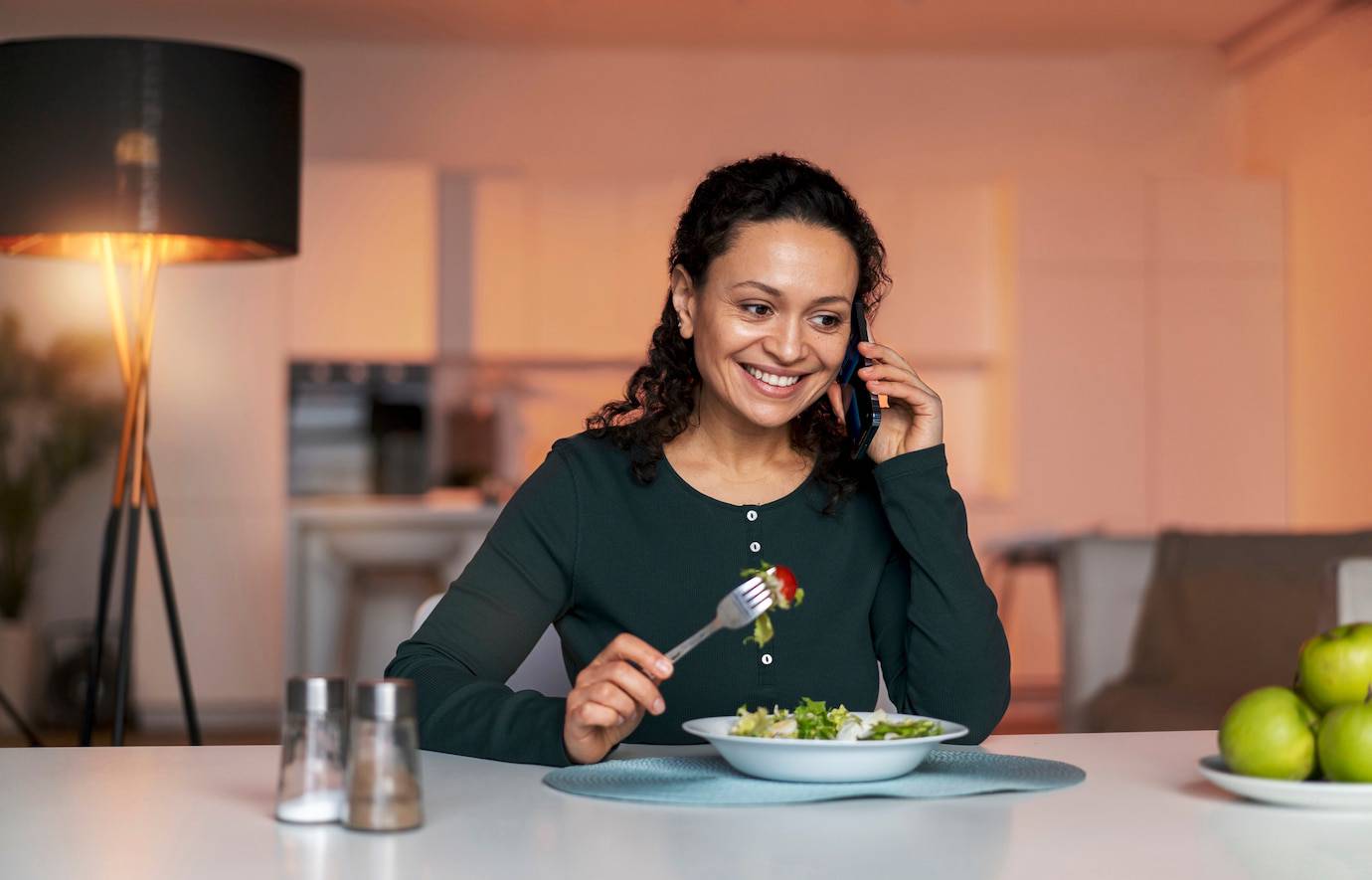
Incorporating Mindful Eating into Everyday Life
Have you ever finished a meal and barely remembered tasting it? In our fast-paced, screen-filled lives, eating often becomes automatic rather than enjoyable. Mindful eating is a gentle yet powerful practice that invites you to slow down, pay attention, and fully experience your food. It’s not about diets or restriction; it’s about being present and tuning into your body.
In this guide, we’ll explore what mindful eating really means, why it matters for your well-being, and how you can start practising it today. Whether you’re looking to build a better relationship with food or simply savour your meals more, this article offers practical steps, personal insights, and helpful tools to support your journey.
What Is Mindful Eating?
A Simple Definition
Mindful eating involves conscious awareness of the eating experience. That means noticing your thoughts, emotions, physical hunger, and the sensory experience of eating. It encourages you to eat without judgment, distraction, or guilt.
The Roots in Mindfulness
Mindful eating is inspired by Buddhist mindfulness practices. It shares core principles like:
- Being present in the moment
- Accepting your experience without criticism
- Noticing inner cues like hunger and fullness
Rather than rushing meals or eating out of habit, mindful eating brings curiosity and compassion to the table.
Benefits of Mindful Eating
1. Better Digestion
When you’re calm and attentive, your body digests food more efficiently. You chew more thoroughly, produce more saliva, and give your gut time to prepare.
Learn calming tools in Introducing Mindfulness to Children: Techniques and Benefits .
2. Improved Relationship with Food
Mindful eating helps reduce emotional eating, bingeing, and guilt. You learn to eat from a place of nourishment, not numbing.
3. Natural Portion Control
Rather than relying on calorie counts, mindful eaters stop when satisfied. They learn to trust their body’s signals — a powerful shift from external rules.
4. Greater Enjoyment
Food tastes better when you’re fully present. You notice textures, aromas, and flavours you may have missed before.
5. Emotional Awareness
You begin to notice why you eat — boredom, stress, joy — and develop healthier coping tools.
Common Pitfalls in Eating Habits
Before we dive into how to eat mindfully, it’s useful to understand the behaviours many of us fall into:
- Multitasking Meals: Eating while scrolling or working leads to overeating and disconnect.
- Emotional Overeating: Using food to numb feelings can create a cycle of guilt.
- Speed Eating: Rushing meals puts stress on digestion and leaves you unsatisfied.
- All-or-Nothing Thinking: Labelling foods as “good” or “bad” creates shame.
Awareness is the first step toward change.
Getting Started with Mindful Eating

1: Create a Distraction-Free Zone
- Turn off screens and notifications.
- Sit down at a table, even for snacks.
- Use a real plate and utensils.
2: Tune Into Your Hunger Cues
Ask yourself:
- Am I physically hungry or emotionally triggered?
- What does my body really need right now?
Use a hunger scale from 1 (famished) to 10 (stuffed) to stay in tune.
3: Use All Five Senses
Before the first bite, observe:
- Sight: Colours and presentation
- Smell: Aromas that trigger appetite
- Touch: Temperature and texture
- Sound: The crunch or sizzle
- Taste: Savour the first bite fully
4: Chew Slowly and Put Down the Fork
- Set your fork down between bites.
- Chew each bite 15–30 times.
- Breathe between mouthfuls.
This simple habit naturally slows the pace and improves digestion.
5: Pause Mid-Meal
Halfway through, check in:
- How full am I?
- Am I still enjoying this?
- Would I like to continue or save the rest?
This reflection helps you stop when you’re satisfied, not stuffed.
Mindful Snacking and Treats
Mindful eating doesn’t mean you can’t enjoy dessert or crisps. It means choosing those foods with intention, not impulse.
Tips for Mindful Snacking
- Plate your snack instead of eating from the bag.
- Sit and savour instead of munching while distracted.
- Notice how it makes you feel — satisfied, sluggish, or energised?
No food is off-limits — it’s how and why you eat it that matters.
Emotional Triggers and Food
Recognising Emotional Hunger
Emotional hunger is sudden, urgent, and often tied to specific cravings. It might come with anxiety, boredom, or loneliness.
Mindful eating teaches you to pause before reacting. Ask:
- What am I feeling?
- Is there another way to meet this need?
Healthier Alternatives
Instead of reaching for food, try:
- Taking a walk
- Calling a friend
- Journaling or drawing
- Practising deep breathing
Over time, you build a toolkit of self-care strategies that aren’t tied to eating.
Creating a Supportive Environment

Stock Mindfully
Fill your kitchen with nourishing options you enjoy. Make it easy to prepare balanced meals.
Eat with Intention
- Set the table, even if you’re eating alone.
- Light a candle or play calming music.
- Practice gratitude before eating.
Encourage Family or Flatmates
Get others involved in the experience:
- Invite conversation around food memories.
- Take turns preparing meals.
- Share favourite recipes or mindful rituals.
Discover energy rituals in Creating a Holistic Morning Routine for Energy and Clarity .
Tools and Resources
Apps and Trackers
- Eat Right Now: Mindful eating training programme
- Mindful Eating Coach: Guided practices
- YouAte: Photo journaling your meals for awareness
Books
- Mindful Eating by Jan Chozen Bays
- Intuitive Eating by Evelyn Tribole and Elyse Resch
- Savour by Thich Nhat Hanh and Lilian Cheung
Mindful Meal Journal
Create a daily log with space to reflect on:
- What you ate
- How you felt before and after
- Any distractions or emotions
Real-Life Success Story
Sam’s Journey to Food Freedom
Sam, a 35-year-old teacher, had struggled with late-night bingeing and body image for years. After discovering mindful eating through a podcast, he began with one mindful breakfast a week. Over time, he noticed better digestion, fewer cravings, and less guilt. Now, he journals after most meals and has stopped dieting entirely. “I trust myself now,” he says. “That’s something no diet ever gave me.”
Conclusion: Reclaiming the Joy of Eating

Mindful eating is about more than food — it’s a doorway into self-awareness, compassion, and joy. In a world that promotes mindless consumption and guilt-driven dieting, this practice invites you to return to your body, your senses, and your inner wisdom.
You don’t need fancy meals or rigid rules — just a willingness to pause, observe, and be present. Start with one meal. One breath. One bite. Let it grow from there.
Ready to eat with more joy and less judgment? Share your mindful eating wins or tips in the comments below. If you find this helpful, please share it with someone who might benefit from it.


